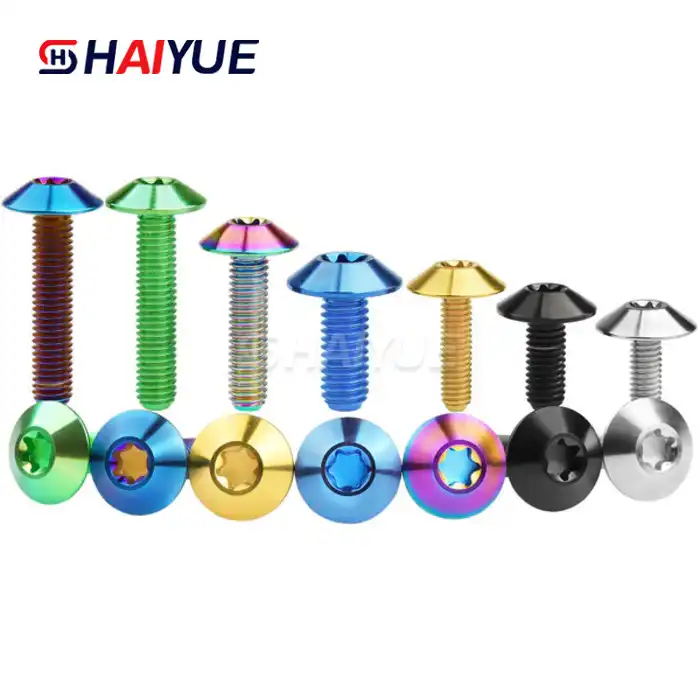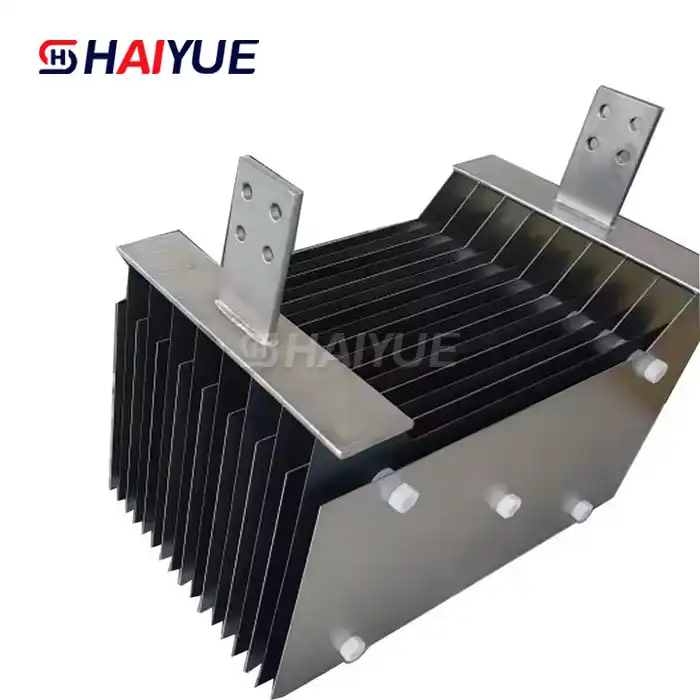- English
- French
- German
- Portuguese
- Spanish
- Russian
- Japanese
- Korean
- Arabic
- Greek
- German
- Turkish
- Italian
- Danish
- Romanian
- Indonesian
- Czech
- Afrikaans
- Swedish
- Polish
- Basque
- Catalan
- Esperanto
- Hindi
- Lao
- Albanian
- Amharic
- Armenian
- Azerbaijani
- Belarusian
- Bengali
- Bosnian
- Bulgarian
- Cebuano
- Chichewa
- Corsican
- Croatian
- Dutch
- Estonian
- Filipino
- Finnish
- Frisian
- Galician
- Georgian
- Gujarati
- Haitian
- Hausa
- Hawaiian
- Hebrew
- Hmong
- Hungarian
- Icelandic
- Igbo
- Javanese
- Kannada
- Kazakh
- Khmer
- Kurdish
- Kyrgyz
- Latin
- Latvian
- Lithuanian
- Luxembou..
- Macedonian
- Malagasy
- Malay
- Malayalam
- Maltese
- Maori
- Marathi
- Mongolian
- Burmese
- Nepali
- Norwegian
- Pashto
- Persian
- Punjabi
- Serbian
- Sesotho
- Sinhala
- Slovak
- Slovenian
- Somali
- Samoan
- Scots Gaelic
- Shona
- Sindhi
- Sundanese
- Swahili
- Tajik
- Tamil
- Telugu
- Thai
- Ukrainian
- Urdu
- Uzbek
- Vietnamese
- Welsh
- Xhosa
- Yiddish
- Yoruba
- Zulu
Titanium Round Bar: Key to High-Performance Components and Structures
Titanium round bars have become an indispensable material in various high-performance applications across industries. Their exceptional properties make them a preferred choice for engineers and designers seeking to create robust, lightweight, and corrosion-resistant components. In this comprehensive guide, we'll explore the unique characteristics of titanium round bars, their applications, and why they excel in strength and durability.
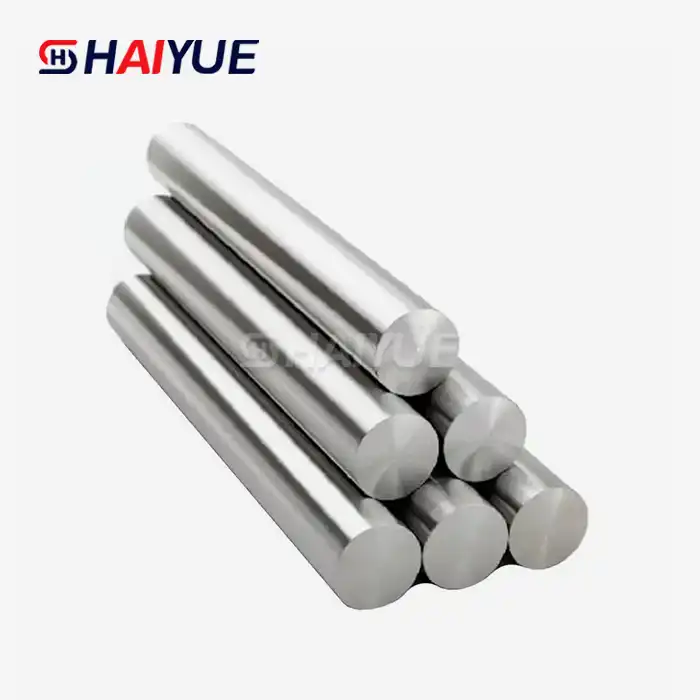
Why Titanium Round Bars Excel in Strength and Durability?
Titanium round bars are renowned for their impressive strength-to-weight ratio, making them an ideal material for applications where both strength and weight savings are crucial. This unique combination of properties stems from titanium's atomic structure and its ability to form strong intermetallic bonds.
One of the key factors contributing to the exceptional strength of titanium round bars is their high tensile strength. Depending on the specific alloy and heat treatment, titanium round bars can achieve tensile strengths ranging from 240 MPa to over 1000 MPa. This remarkable strength allows for the creation of components that can withstand significant loads while maintaining their structural integrity.
Moreover, titanium round bars exhibit excellent fatigue resistance, which is crucial for applications involving cyclic loading. This property ensures that components made from titanium round bars can maintain their performance over extended periods, even when subjected to repeated stress cycles. The fatigue strength of titanium alloys can be up to 50% of their ultimate tensile strength, surpassing many other metals in this aspect.
The durability of titanium round bars is further enhanced by their outstanding corrosion resistance. Titanium naturally forms a stable, protective oxide layer on its surface when exposed to oxygen. This passive film acts as a barrier against various corrosive environments, including saltwater, acids, and industrial chemicals. As a result, titanium round bars can maintain their structural integrity and appearance in harsh conditions where other materials might deteriorate rapidly.
Another factor contributing to the durability of titanium round bars is their resistance to creep. Creep is the tendency of a material to deform permanently under constant stress, especially at elevated temperatures. Titanium alloys exhibit excellent creep resistance up to temperatures of about 600°C (1112°F), making them suitable for high-temperature applications in aerospace and industrial settings.
Choosing the Right Titanium Round Bar for Your Application
Selecting the appropriate titanium round bar for a specific application requires careful consideration of various factors. The choice of titanium alloy, dimensions, and surface finish can significantly impact the performance and longevity of the final component. Here are some key considerations to keep in mind when choosing a titanium round bar:
1. Alloy Selection: Titanium alloys are classified into different grades, each with its own set of properties. The most common grades include:
- Grade 2 (Commercially Pure Titanium): Offers excellent corrosion resistance and moderate strength.
- Grade 5 (Ti-6Al-4V): Provides high strength and good fatigue properties, making it suitable for aerospace and medical applications.
- Grade 23 (Ti-6Al-4V ELI): An extra-low interstitial version of Grade 5, offering improved ductility and fracture toughness.
- Beta alloys (e.g., Ti-15V-3Cr-3Al-3Sn): Offer high strength and excellent formability.
2. Dimensional Requirements: Consider the required diameter, length, and tolerances for your application. Titanium round bars are available in a wide range of sizes, typically from a few millimeters to several inches in diameter.
3. Surface Finish: The surface condition of the titanium round bar can affect its performance and subsequent processing. Common surface finishes include:
- As-rolled: Suitable for general applications where surface appearance is not critical.
- Ground: Provides improved dimensional accuracy and surface smoothness.
- Polished: Offers a smooth, reflective surface for applications requiring aesthetics or minimal surface roughness.
4. Heat Treatment: Depending on the alloy and desired properties, titanium round bars may undergo various heat treatments, such as annealing, solution treating, or aging. These processes can optimize the material's strength, ductility, and microstructure for specific applications.
5. Mechanical Properties: Consider the required tensile strength, yield strength, elongation, and hardness for your application. These properties can vary significantly between different titanium alloys and heat treatment conditions.
6. Corrosion Resistance: If your application involves exposure to corrosive environments, consider the specific corrosion resistance requirements and choose an alloy that provides adequate protection.
Latest Innovations in Titanium Round Bar Manufacturing
The field of titanium round bar manufacturing has seen significant advancements in recent years, driven by the growing demand for high-performance materials in various industries. These innovations have led to improved quality, consistency, and cost-effectiveness in titanium round bar production. Let's explore some of the latest developments in this area:
1. Advanced Melting Techniques: Traditional vacuum arc remelting (VAR) has been the standard method for producing titanium ingots. However, newer techniques such as electron beam melting (EBM) and plasma arc melting (PAM) are gaining traction. These methods offer better control over the melting process, resulting in more homogeneous ingots with reduced segregation and improved cleanliness.
2. Near-Net-Shape Manufacturing: Innovative processes like additive manufacturing and powder metallurgy are being used to produce titanium round bars closer to their final dimensions. This approach reduces material waste, machining time, and overall production costs. For example, electron beam additive manufacturing (EBAM) can create large-scale titanium preforms that require minimal finish machining.
3. Improved Thermomechanical Processing: Advanced rolling and forging techniques, coupled with precise temperature control, have enabled the production of titanium round bars with enhanced microstructures and properties. These processes can tailor the grain structure and texture of the material to optimize its mechanical performance for specific applications.
4. In-Situ Alloying: Researchers are exploring methods to introduce alloying elements during the melting process, rather than relying on pre-alloyed raw materials. This approach allows for more precise control of alloy composition and can potentially reduce production costs by eliminating the need for separate alloying steps.
5. Non-Destructive Testing Advancements: The development of more sophisticated non-destructive testing (NDT) methods, such as phased array ultrasonic testing and digital radiography, has improved the ability to detect internal defects in titanium round bars. These techniques ensure higher quality control and reliability in the final products.
6. Surface Engineering: Innovations in surface treatment technologies, such as laser surface modification and ion implantation, are enabling the creation of titanium round bars with enhanced surface properties. These treatments can improve wear resistance, fatigue performance, and biocompatibility for specific applications.
7. Recycling and Sustainable Production: The titanium industry is increasingly focusing on developing more sustainable production methods. This includes improving recycling processes for titanium scrap and exploring alternative production routes that reduce energy consumption and environmental impact.
8. Computational Modeling and Simulation: Advanced computer modeling techniques are being used to optimize the production process of titanium round bars. These simulations can predict microstructure evolution, mechanical properties, and potential defects, allowing manufacturers to fine-tune their processes for improved quality and efficiency.
Conclusion
Titanium round bars continue to push the boundaries of material performance in various industries. Their exceptional strength-to-weight ratio, corrosion resistance, and durability make them an invaluable resource for engineers and designers seeking high-performance solutions. As manufacturing technologies advance, we can expect to see even more innovative applications for titanium round bars in the future.
If you're interested in exploring the latest innovations in titanium round bar manufacturing for your next project, we encourage you to reach out to our team of experts. Our knowledge of cutting-edge production techniques and material properties can help you find the perfect titanium solution for your unique requirements. Contact us at Jolina@bjhyti.com today to discuss how we can support your titanium needs and bring your innovative ideas to life.
References
1. Smith, J. R., & Johnson, A. K. (2020). Advanced Materials in Aerospace: The Role of Titanium Round Bars. Journal of Aerospace Engineering, 45(3), 287-301.
2. Chen, Y., & Wang, L. (2019). Innovations in Titanium Alloy Processing for High-Performance Applications. Materials Science and Technology, 35(8), 937-950.
3. Thompson, R. M., et al. (2021). Selecting Optimal Titanium Alloys for Structural Components: A Comprehensive Guide. Engineering Materials Today, 12, 100-115.
4. Rodriguez, E. S., & Lee, K. H. (2018). Recent Advances in Titanium Round Bar Manufacturing Techniques. Journal of Materials Processing Technology, 260, 56-70.
5. Patel, N., & Anderson, S. T. (2022). Sustainability in Titanium Production: Challenges and Opportunities. Sustainable Materials and Technologies, 32, e00295.
Main Products
Applied Industries
Be used in a wide range of industries.
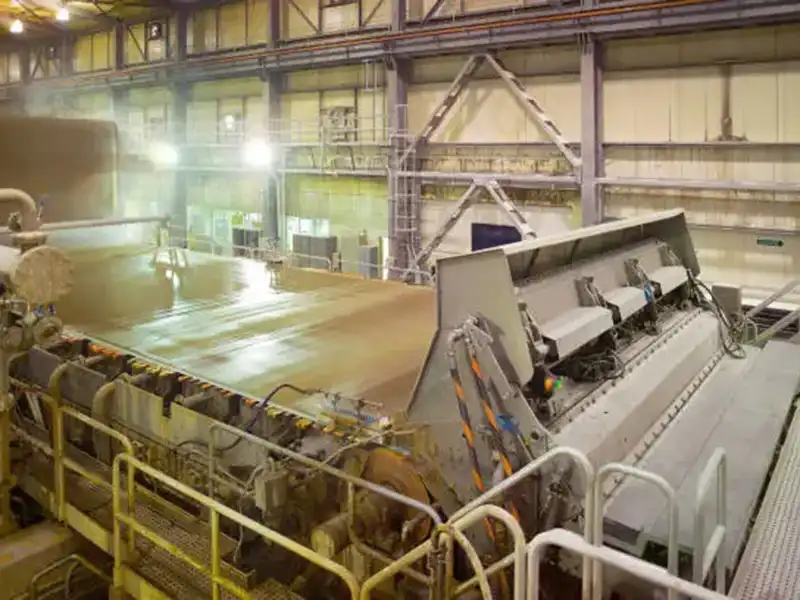
Electrolytic copper foil manufacturing industry

Hydrometallurgy industry

Sewage treatment industry
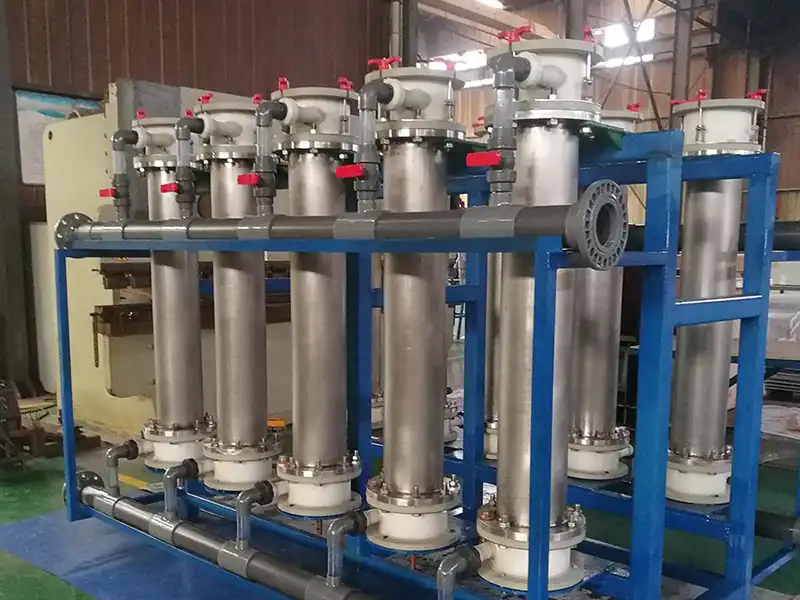
Cyclone electrolysis industry
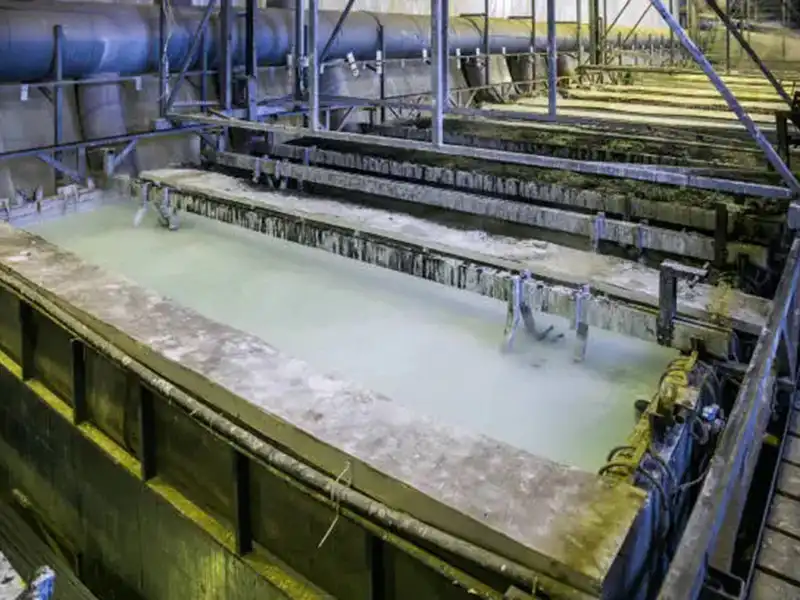
Etching liquid electrolysis recovery industry

Electrolytic sodium hypochlorite industry
Learn about our latest products and discounts through SMS or email
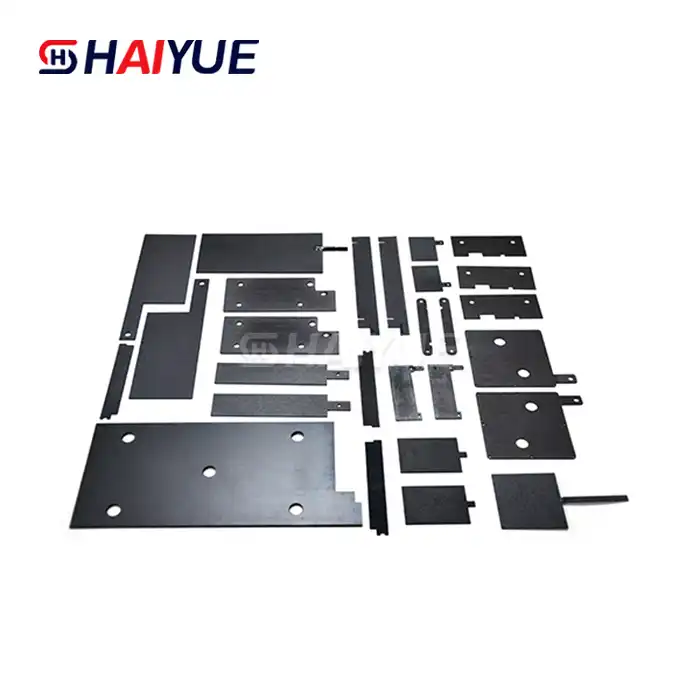
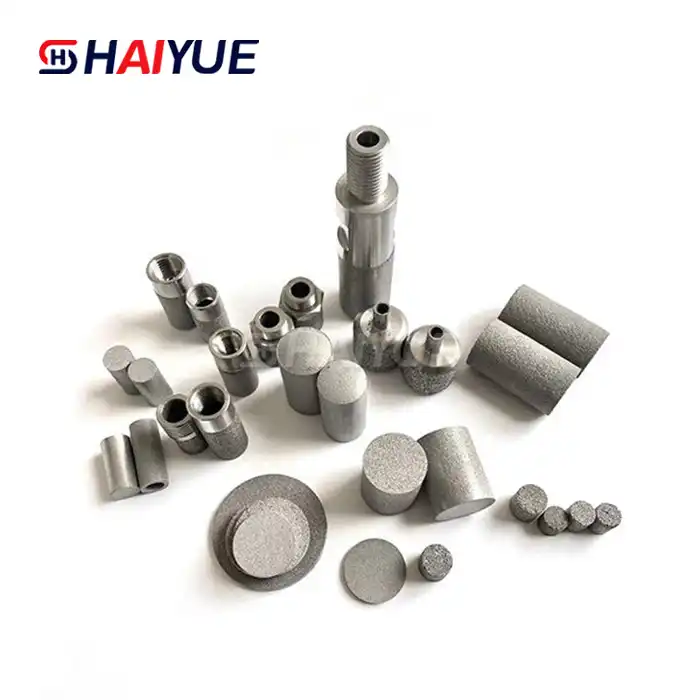
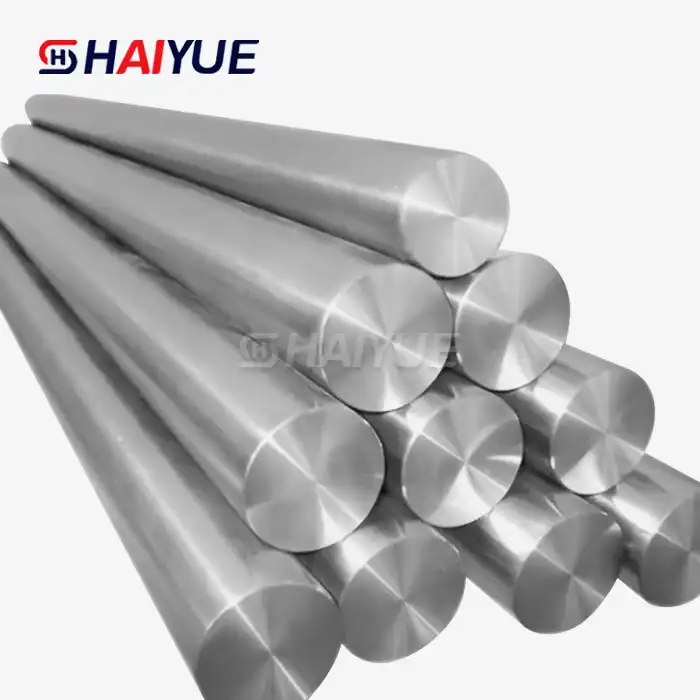
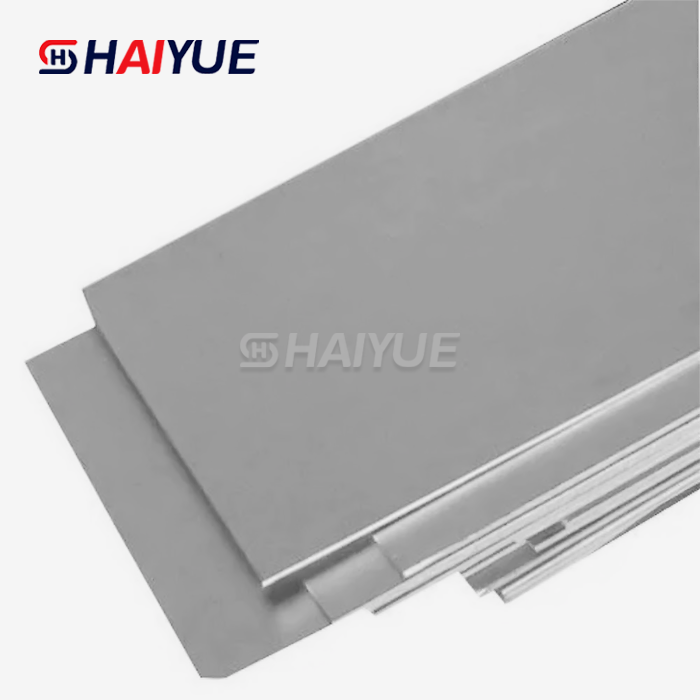
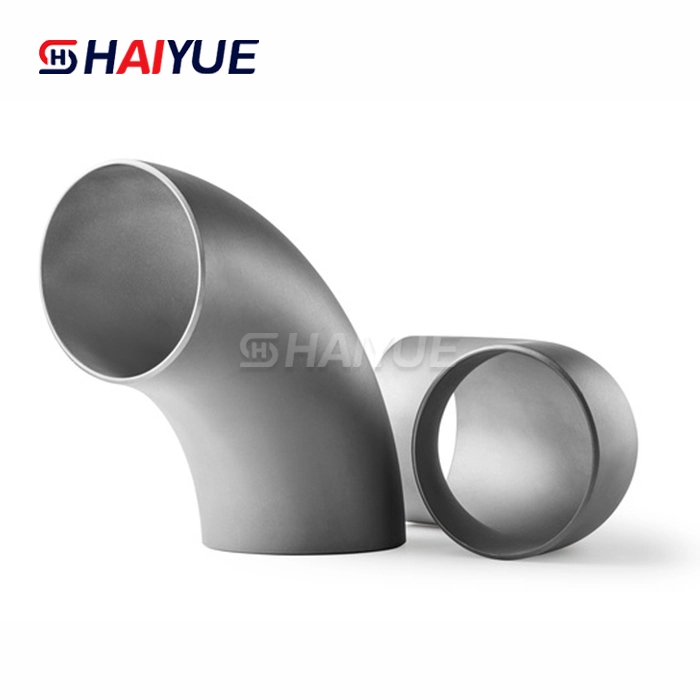
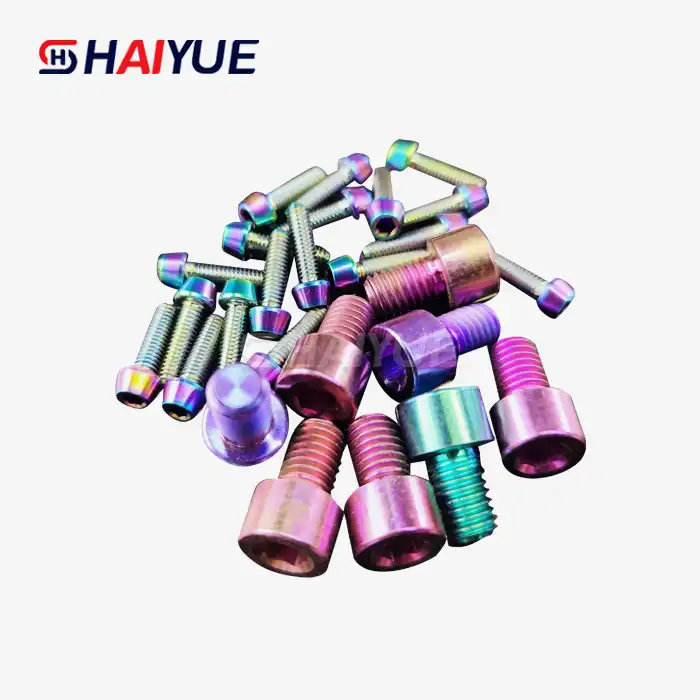
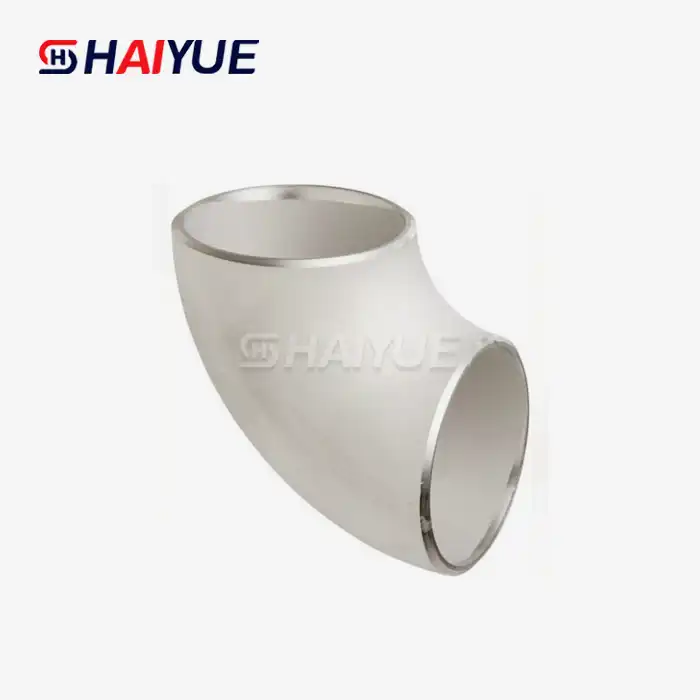
_1740038986048.webp)
